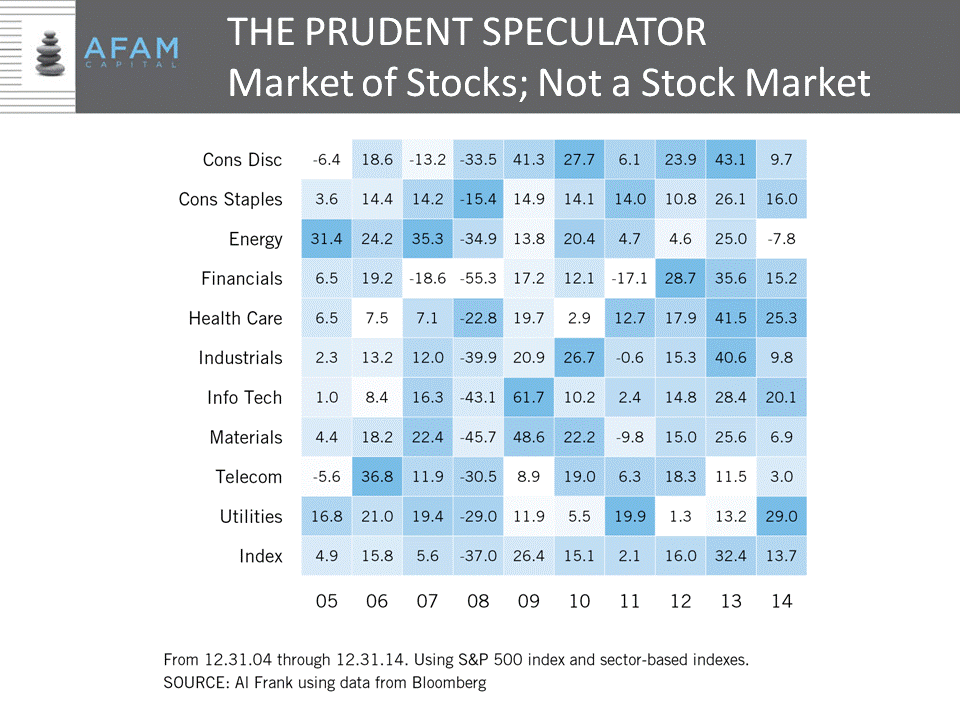Investing Terms Growth Stocks and Value Stocks
Post on: 1 Август, 2015 No Comment

As you formulate an investing strategy, make sure you understand the difference between growth stocks and value stocks.
As you make a spending plan for a new year. and figure out what to do about your portfolio, it is important to understand the difference between growth stocks and value stocks. This is an important distinction since growth stocks and value stocks have different purposes in a portfolio, and will help you accomplish different investing goals.
Growth Stocks
When trying to decide what to invest in. you need to first determine your goals. A growth stock, just as you might imagine, is designed to provide you with strong return on equity so that you can boost your portfolio. Growth stocks are meant to help you ride that growth now and in the future. Some of the characteristics of growth stocks include:
- Small companies have a growth rate of at least 10% over the past five years, and large companies have a slower rate of between 5% and 7%.
- Projected stock price shows potential for continued growth.
- Company is in a rapidly growing industry even though it may not have a five-year history.
Growth stocks are sometimes considered a little riskier, since the strong growth can easily be moderated, or even turn to losses, by economic conditions. Normally, a growth stock is not undervalued, so it is rarely a great bargain (although some growth stocks can be good bargains). Investing in growth stocks can help you charge your portfolio, building up wealth.
Value Stocks
A value stock is one that is considered underpriced for its value. Many value stocks are not cheap, though. The hope is that you can get the stock for a good price, and then it will improve in value over time as the rest of the market realizes what a great stock it is. Before you consider a stock as a value, here are a few items to consider:
- Is there at least as much equity as debt? A value stock is a company in a good financial position. This means that assets should far exceed liabilities.
- A PEG under 1 indicates that a company is undervalued.
- The company should have staying power in the market, and a history of solid performance.
Value stocks can provide you with a solid foundation for your portfolio. Some investors like to use growth stocks to get things moving, and then switch to value stocks when they are ready to maintain a steadier rate of growth. The point, though, is to buy value stocks when they are near their 52-week lows. You will get more bang for your investing buck.
However, there is no reason to limit your portfolio to just one or the other. You are often in better shape if you have a mix of growth and value stocks in your portfolio so that you can take advantage of what both types of stocks have to offer.














